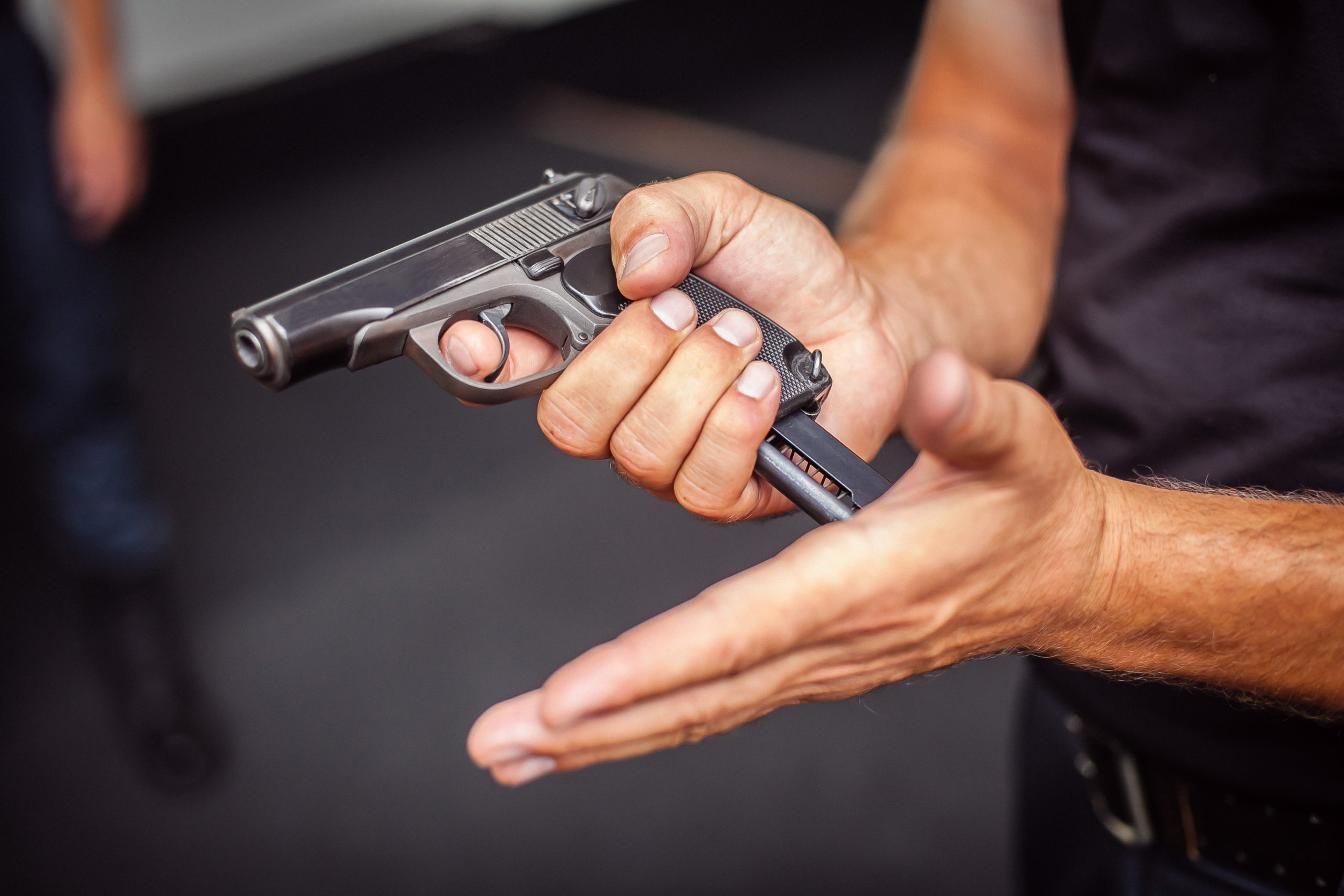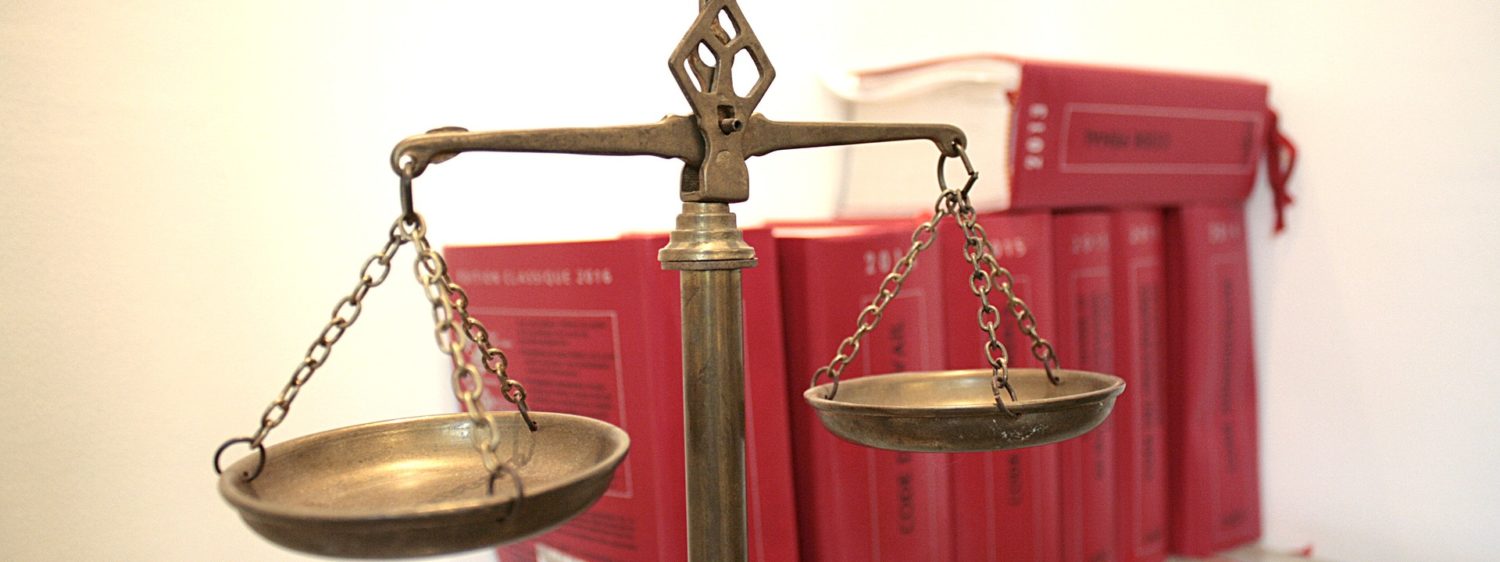
Before loading any ammunition into a firearm like Glock 17 for instance, open the action and check the chamber. Make sure there is no ammunition in the room, and the barrel is clear of debris. Obstructions can increase dangerous pressures and cause a gun to bulge or burst, injuring you or bystanders. Clean the bore before every shot. If you experience weak recoil when you fire, immediately stop firing and look for obstructions.
Safety Rules
There are three important safety rules when handling a firearm. If followed correctly, these rules can eliminate almost every firearm mistake. The first rule is never to point your firearm at someone unless you intend to fire it. This general rule might replace rule number two if you do not want to risk accidentally firing a weapon. Lastly, keep your finger off the trigger until you’re ready to fire. Regardless of your level of experience or skill, you should never fire a weapon without first knowing how to handle it safely.
A gun is a dangerous object, and you should never approach a person with an unloaded gun. The rules for safe gun handling vary by firearm type and may differ at different shooting ranges. Check the shooting range rules where you will be practicing before you begin. You may also need to adhere to the limitations of the shooting sport you’re participating in. Ultimately, these safety rules are there to protect you.
Shooting a Heavy-Recoiling Firearm
When shooting a heavy-recoiling weapon, there are a few rules that you must follow. In general, a heavy-recoiling firearm produces more recoil than its average counterpart. Excessive recoil reduces performance and fatigue and leads to missed targets. It also causes flinching and triggering difficulties.
Managing recoil is essential for accuracy. If you can minimize the movement at the muzzle, you will improve your accuracy. Managing recoil is critical for a follow-up shot. The better your follow-up shots are, the easier they will be to make. The more consistent your firings are, the easier it is to get back on target with your second shot. However, this doesn’t mean you have to avoid firing because of recoil.
When firing a handgun, you should have a firm two-handed grip. Keep your palms firmly on the gun and your thumbs pointing forward. This grip helps to manage the recoil, which travels through your hands and wrists. Avoid locking your wrists unless you are a professional shooter. In addition, avoid holding your gun by the barrel, which can damage your hand.
Light-Recoiling Firearm
The recoil impulse of a firearm is the movement and energy of the bullet or projectile as it fires. It is crucial to control the recoil impulse to continue firing and ensure a safe environment. In addition, during the firing process, the recoil forces prepare the firearm for follow-up shots. Following these rules will make you more comfortable and more likely to handle your firearm safely.
Safety-Less Firearm
You should always adhere to some essential rules when handling a safety-less firearm. The trigger is a natural finger magnet. To avoid accidental discharges, your trigger finger should remain indexed high on the weapon’s frame and away from the trigger guard. You should also know your target. Unintentional discharges are almost impossible, but if you accidentally discharge the gun, the most likely culprit is you.
You must always keep the firearm pointed in a safe direction and handle it as if it were loaded. The trigger should be kept off until you’re ready to fire. You should be certain of your target, the line of fire, and what lies beyond the target area. Lastly, you should always wear proper eye and ear protection, which are not optional. Taking a few minutes to practice these techniques can help prevent accidents from happening.
